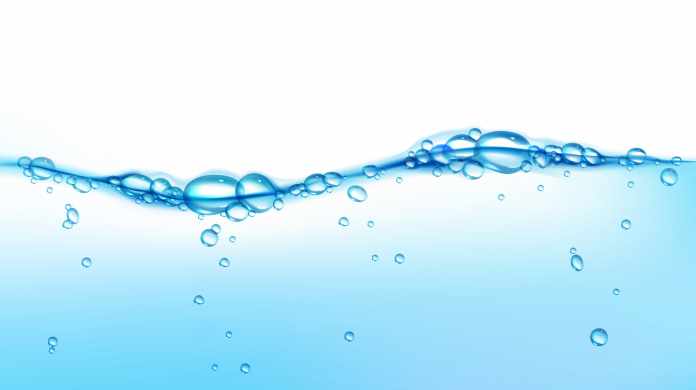Water is undoubtedly one of the most vital things required for our survival on this planet. In order to keep the water, fit for our consumption, various methods can be utilised. Water gets contaminated on account of various issues like improper plumbing, water backflows, presence of pollutants in well-water, etc. This article focuses on strategies that help you make water fit for drinking purposes by preventing water backflows.
Before we move on to the various techniques that could be used for backflows prevention, let us try to understand its meaning and types.
Table of Contents
Understanding Backflows
The plumbing and water flow arrangement in the household piping is made in such a manner that the flows in a particular direction. But when this water starts flowing in the opposite direction, it is termed as water backflow.
There are several reasons for its causes, like a cross-connection in the pipes where main water is split into two separate lines. The public water system supplies two types of water to the populace: potable and non-potable water. The potable water is used fit for direct consumption, and non-potable is unsafe.
When the two pipes carrying these types of water have some issue that leads to cross-connection, there are chances that non-potable water gets flowed back to the pipes carrying potable water. It is a huge health risk for people.
Therefore, such backflows must be prevented.
Types of Backflows
Water backflows are categorised into two types:
Backpressure backflow
This type of backflow is caused due to changes in the pressure of water. To put it in simpler terms, when the water pressure that pushes the water downstream is higher than the pressure moving water forward in the same pipelines. It can contaminate the water.
The reason for this could be reduced water supply pressure, higher downstream pressure, breakage in mains or water pipes, etc. Backpressure backflow also occurs when the supply of water is higher than its usage.
Backsiphonage backflow
Backsiphonage backflow is a result of negative pressure in private or public water systems. Sometimes when the water supply is halted, it triggers a sucking vacuum that results in pulling the water supply backwards. Events leading to excessive usage causes such a backflow, for example, firefighters using excess water to put off fires. Home plumbing or improperly installed toilet systems can also cause backsiphonage.
Steps To Keep Water Clean When There Is Backflow
We have already understood how the backflow of water pollutes and is unsafe for consumption. Proper steps can be taken to ensure that backflows do not harm your water. The modern water fixtures are already equipped with a system that prevents backflows; however, if your system is not suited for such a thing, then you can follow these simple methods:
Air Gap
It is one of the most common methods to help you prevent backflows. The air gap is basically a vertical separation. Its size is twice the diameter of your water supply outlet. Normally, its location is specific to the end of the water supply outlet and flood-level point on the vessel hat.
The purpose of the air gap is to maintain positive pressure and hence prevent any backflows. However, this method is not always successful, and therefore you must switch to the other option.
Backflow Prevention Device
Sometimes, when traditional methods prove to be unsuccessful in preventing backflow, you need to make use of the specialised devices. The backflow prevention device is a mechanical instrument that helps you prevent backflow. These devices create a physical barrier to stop the water from flowing backwards.
Here are four types of backflow prevention devices that you can make use of. The choice of the device would depend on the specific cause of the problem. However, these are the devices used by professionals to help you with your backflow issues.
Pressure Vacuum Breaker Assembly
This device makes use of a spring-loaded check value in addition to the shutoff valves that prevent backsiphonage. However, if you have issues related to the backpressure backflow, pressure vacuum breaker assembly would not be useful.
Reduced Pressure Backflow Prevention Assembly
This device is handy for backsiphonage and backpressure backflow issues. It makes use of spring-loaded check valves in addition to the hydraulically operating relief valve.
Spill-Resistant Pressure Vacuum Breaker Assembly
This device is only useful for backsiphonage backflow problems. It makes use of internally loaded check valves in addition to the air inlet valve.
Double Check Valve Assembly
If you are facing a non-health hazard backflow, then double check valve assembly can be very useful. You can use it to address the issues of backsiphonage and backpressure backflows. It makes use of shutoffs and two spring-loaded check valves.
Final Thoughts
Backflows can sometimes be hazardous, and therefore proper steps must be taken so that your water system stays clean. If needed, you can call an expert to check the type of backwater issue and find a solution.
We hope that you find the steps mentioned in this write-up useful and helps you keep your backflows issues under check.
Please check the best Waterdrop RO water filters.



















